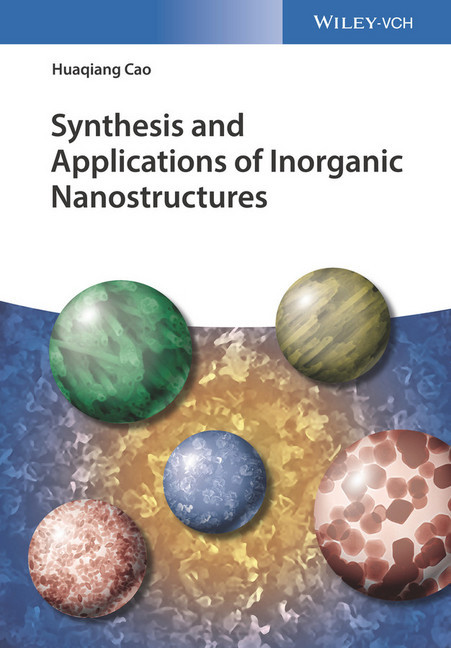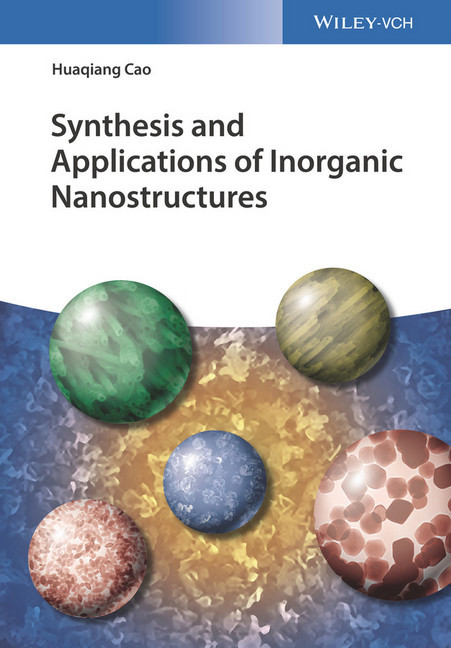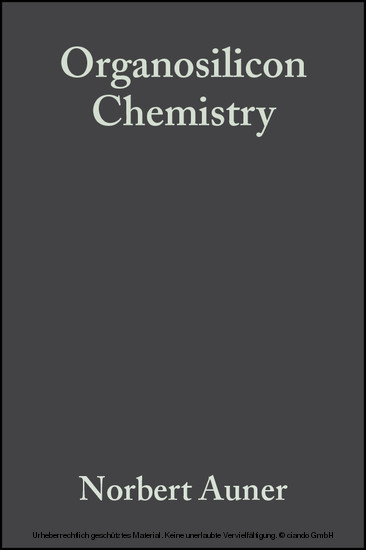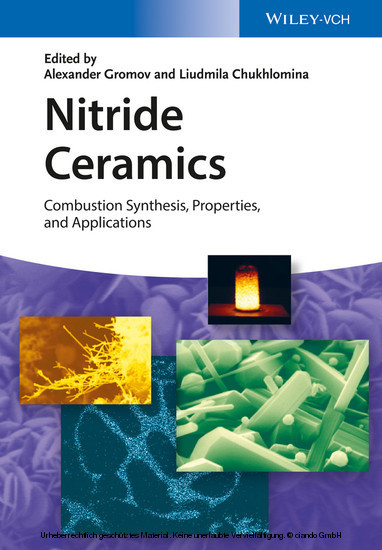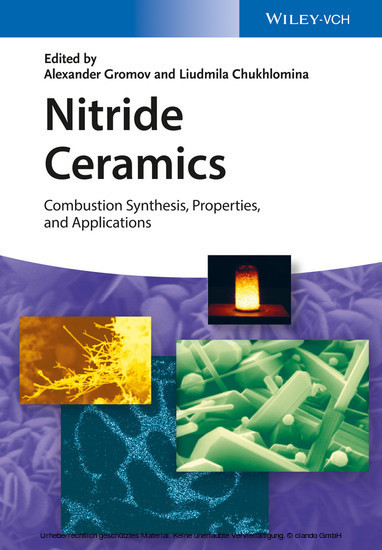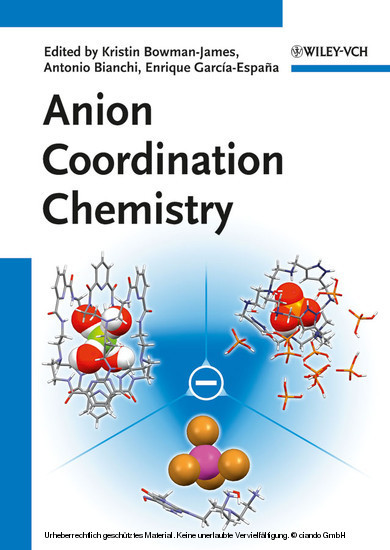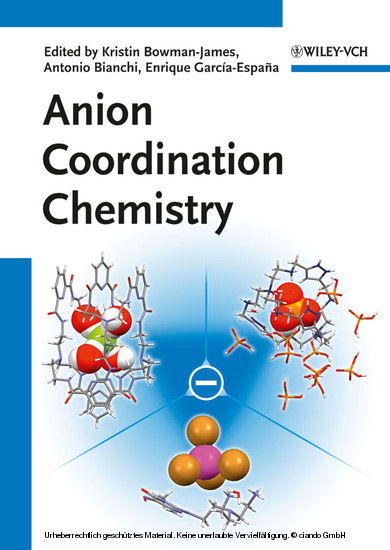Synthesis and Applications of Inorganic Nanostructures
Authored by a leading figure in the field, this book systematically describes all the fundamental aspects and applications of inorganic nanostructures from zero to three dimensions. It not only discusses various synthesis technologies, but also covers the physical properties of inorganic nanostructures, such as optical, electric and magnetic properties, and practical applications such as energy storage (including Li-ion and Ni-MH batteries and supercapacitors), superhydrophobic and bio-applications, etc. The focus throughout is on the synthesis-structure-application relationships, including the growth mechanisms for the nanostrucutres.
Concise yet comprehensive, this is indispensable reading for chemists and materials scientists.
Huaqiang Cao obtained his Ph. D degree from Nanjing University, China, in 2001, and now is full Professor at Tsinghua University, China. His research interests are in material chemistry, focusing on the design and synthesis of inorganic nanomaterials with different dimensions, and understanding the synthesis-structure-application relationships. In 2015 he was elected as fellow of the Royal Society of Chemistry (FRSC) and fellow of the Institute of Materials, Minerals, and Mining (FIMMM).
Concise yet comprehensive, this is indispensable reading for chemists and materials scientists.
Huaqiang Cao obtained his Ph. D degree from Nanjing University, China, in 2001, and now is full Professor at Tsinghua University, China. His research interests are in material chemistry, focusing on the design and synthesis of inorganic nanomaterials with different dimensions, and understanding the synthesis-structure-application relationships. In 2015 he was elected as fellow of the Royal Society of Chemistry (FRSC) and fellow of the Institute of Materials, Minerals, and Mining (FIMMM).
1;Cover;1 2;Title Page;5 3;Copyright;6 4;Dedication;7 5;Contents;9 6;Preface;19 7;Acknowledgments;21 8;Chapter 1 Introduction;23 8.1;1.1 Wave-Particle Duality;24 8.2;1.2 Uncertainty Principle;25 8.3;1.3 Schrödinger Equation;25 8.4;1.4 Particle in a Potential Box;26 8.5;1.5 Fermi-Dirac Distribution and Fermi Energy;27 8.6;1.6 Density of States;29 8.7;1.7 Quantum Confinement;30 8.8;1.8 Top-Down and Bottom-Up Approaches to Construct Nanostructures;32 8.9;1.9 Nanostructured Materials Based on Dimension;33 8.10;1.10 Zero-Dimensional Nanostructures;33 8.11;1.11 One-Dimensional Nanostructures;35 8.12;1.12 Two-Dimensional Nanostructures;36 8.13;1.13 Three-Dimensional Nanostructures: Superstructures and Hybrid Structures;37 8.14;References;38 9;Chapter 2 Synthesis, Characterization, and Applications of Zero-Dimensional (0D) Nanostructures;43 9.1;2.1 General Remarks;43 9.2;2.2 Synthesis, Characterization, and Bioapplication of Metal Ag Nanoparticles;43 9.2.1;2.2.1 Synthesis of GSH-Coated Ag NPs;44 9.2.2;2.2.2 Ag NPs Modification;44 9.2.2.1;2.2.2.1 Ag NPs and BSA Binding;44 9.2.2.2;2.2.2.2 SDS-PAGE of Ag NPs and BSA Binding;44 9.2.3;2.2.3 Cell Culture and Treatment;45 9.2.4;2.2.4 MTT (Thiazolyl Blue) Assay;45 9.2.5;2.2.5 Fluorescence Observation of K562 Cells Stained by Hoechst 33258;45 9.2.6;2.2.6 Flow Cytometer Measurement;45 9.2.7;2.2.7 Characterization;46 9.2.8;2.2.8 Structure;46 9.2.8.1;2.2.8.1 Microstructure of Ag NPs;46 9.2.8.2;2.2.8.2 Binding of Ag NPs and BSA;47 9.2.9;2.2.9 Anticancer Activities of Ag NPs;51 9.3;2.3 Synthesis, Characterization, and Optical Properties of Oxide Nanoparticles;55 9.3.1;2.3.1 SnO2 Nanoparticles;55 9.3.1.1;2.3.1.1 Synthesis;57 9.3.1.2;2.3.1.2 Characterization;57 9.3.1.3;2.3.1.3 Photocatalytic Activity Test;57 9.3.1.4;2.3.1.4 Structure;57 9.3.2;2.3.2 ZrO2 Nanoparticles;67 9.3.2.1;2.3.2.1 Synthesis;67 9.3.2.2;2.3.2.2 Characterization;67 9.3.2.3;2.3.2.3 Photocatalytic Activity Test;68 9.3.2.4;2.3.2.4 Structure;68 9.3.2.5;2.3.2.5 Optical Properties of ZrO2 Nanoparticles;71 9.3.2.6;2.3.2.6 Photocatalytic Properties;73 9.3.3;2.3.3 In2O3 Hollow Nanocrystals;74 9.3.3.1;2.3.3.1 Synthesis;74 9.3.3.2;2.3.3.2 Characterization;75 9.3.3.3;2.3.3.3 Photocatalytic Activity Test;75 9.3.3.4;2.3.3.4 Structure;75 9.3.3.5;2.3.3.5 Growth Mechanism of the rh-In2O3 Hollow Nanocrystals;80 9.3.3.6;2.3.3.6 Photocatalytic Activity of the rh-In2O3 Hollow Nanocrystals;83 9.3.4;2.3.4 Fe2O3 Nanoparticles;90 9.3.4.1;2.3.4.1 Synthesis;91 9.3.4.2;2.3.4.2 Characterization;91 9.3.4.3;2.3.4.3 Measurement of Magnetic Properties;91 9.3.4.4;2.3.4.4 Structure;93 9.3.4.5;2.3.4.5 Magnetic Properties;95 9.4;2.4 Synthesis, Characterization, and Optical Properties of Sulfide Nanoparticles;96 9.4.1;2.4.1 CdS Nanoparticles;96 9.4.1.1;2.4.1.1 Synthesis;98 9.4.1.2;2.4.1.2 Characterization;98 9.4.1.3;2.4.1.3 Structure;98 9.4.1.4;2.4.1.4 Growth Mechanism;102 9.4.1.5;2.4.1.5 Photoluminescence Properties;104 9.4.2;2.4.2 ZnS Nanoparticles and Microspheres;105 9.4.2.1;2.4.2.1 Synthesis of ZnS Nanoparticles and Microspheres;106 9.4.2.2;2.4.2.2 Characterization;106 9.4.2.3;2.4.2.3 Structure;106 9.4.2.4;2.4.2.4 Optical Properties;112 9.4.3;2.4.3 Ag2S Nanospheres;114 9.4.3.1;2.4.3.1 Synthesis;114 9.4.3.2;2.4.3.2 Characterization;115 9.4.3.3;2.4.3.3 Structure;115 9.4.3.4;2.4.3.4 Optical Properties of Ag2S Nanospheres;117 9.4.3.5;2.4.3.5 Growth Mechanism;118 9.5;2.5 Synthesis, Characterization, and Magnetic Properties of Oxide Nanocubes;123 9.5.1;2.5.1 Fe2O3 Nanocubes;123 9.5.1.1;2.5.1.1 Synthesis;123 9.5.1.2;2.5.1.2 Characterization;125 9.5.1.3;2.5.1.3 Structure;126 9.5.1.4;2.5.1.4 Magnetic Properties;128 9.5.2;2.5.2 Fe3O4 Nanocubes;128 9.5.2.1;2.5.2.1 Synthesis;129 9.5.2.2;2.5.2.2 Characterization;129 9.5.2.3;2.5.2.3 Magnetic Behavior Measurement;129 9.5.2.4;2.5.2.4 Electrochemical Measurement;129 9.5.2.5;2.5.2.5 Structure;130 9.5.2.6;2.5.2.6 Growth Mechanism;132 9.5.2.7;2.5.2.7 Magnetic Properties;137 9.5.2.8;2.5.2.8 Applied as Anode for LIBs;139 9.6;2.6 Synthe
Cao, Huaqiang
| ISBN | 9783527698165 |
|---|---|
| Artikelnummer | 9783527698165 |
| Medientyp | E-Book - PDF |
| Copyrightjahr | 2017 |
| Verlag | Wiley |
| Umfang | 560 Seiten |
| Sprache | Englisch |
| Kopierschutz | Adobe DRM |

